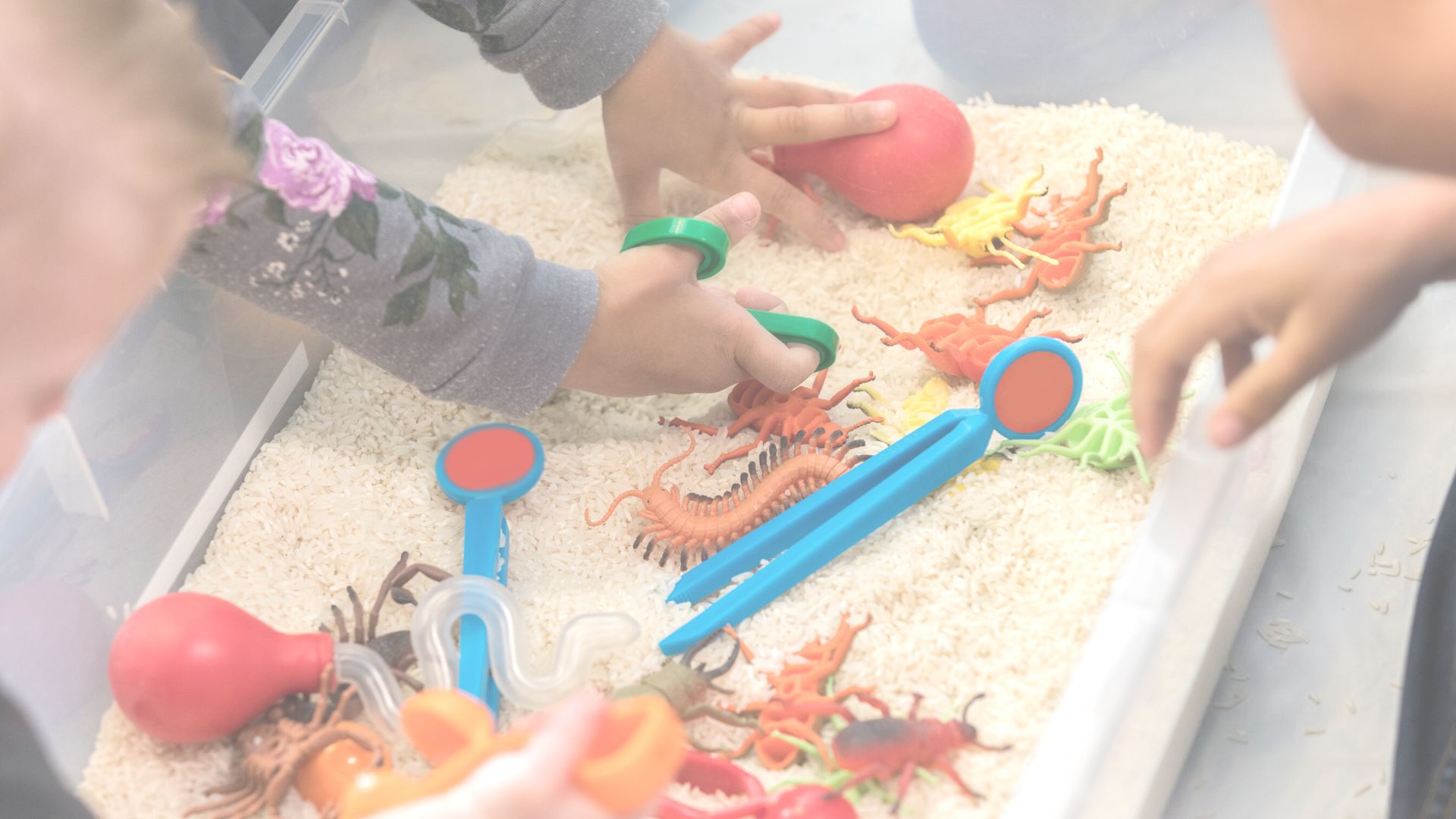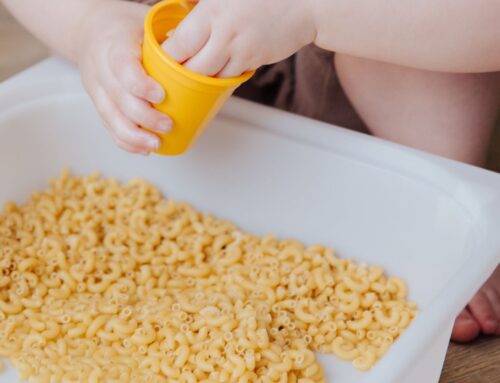DIY sensory bins
Looking for a simple and inexpensive way to create a fun and engaging sensory experience for young children? Try a DIY sensory bin!
A sensory bin is a container filled with a variety of materials, such as sand, water, rice, or beans, that can be explored and manipulated by children. Sensory bins are a fun and engaging activity for children. They can help develop their sensory awareness, motor skills, and imagination.
Here is how you can create your own sensory bin:
Choose the right container
A sensory bin can be made in any type of container, such as a plastic bin, a large plastic tub, or an inexpensive sandbox. Make sure the container is big enough for children to play in. Also ensure that your DIY sensory bin has a lid to keep the materials contained.
Pick the right materials
Sensory bins can be filled with a variety of materials, such as sand, water, rice, beans, gravel, or foam beads. Choose materials that are safe for children and that are appropriate for the age group you are working with. Some materials may require additional precautions, such as avoiding materials that are too small or that can be choked on.
Add tools and toys
Sensory bins are then made even more fun by adding tools and toys for children to use. This can include cups, spoons, funnels, scoops, and other items that can be used to play with the materials in the bin. You can also add toys, such as toy animals or vehicles, that children can use to play in the bin.
Encourage imaginative play
Sensory bins can be used to encourage imaginative play and creativity. Children can use the materials in the bin to create their own scenarios and stories, such as building a castle or creating a beach scene. Encourage children to use their imagination and to have fun exploring the materials in the bin.
Make it safe
Sensory bins can be made safe for children by following a few simple precautions. Make sure the materials in the bin are appropriate for the age group you are working with. Avoid materials that are too small or that can be choked on. Additionally, make sure the bin is set up in a safe area, away from any hazards, and that children are supervised while they play.
Vary the materials
Sensory bins can be made even more interesting by varying the materials in the bin. You can switch up the materials every few weeks, or even every few days, to keep children engaged and to keep the sensory experience fresh. Here are lots of ideas for different sensory bins themes for all ages.
Encourage exploration
Encourage children to explore the materials in the bin and to use their hands, fingers, and other tools to manipulate the materials. This can help develop their sensory awareness, fine motor skills, and hand-eye coordination.
By following these easy and creative ideas for creating your own DIY sensory bins, you can create a fun and safe activity for children that will keep them entertained and engaged for hours. You can even adapt the supplies to suit children as they grow. So why not grab a container, some materials, and a few toys, and get started on your own sensory bin today!
.
.
Looking for more ideas? Here is a post on science experiments you can do at home with children and even more ideas for activities for children here.









